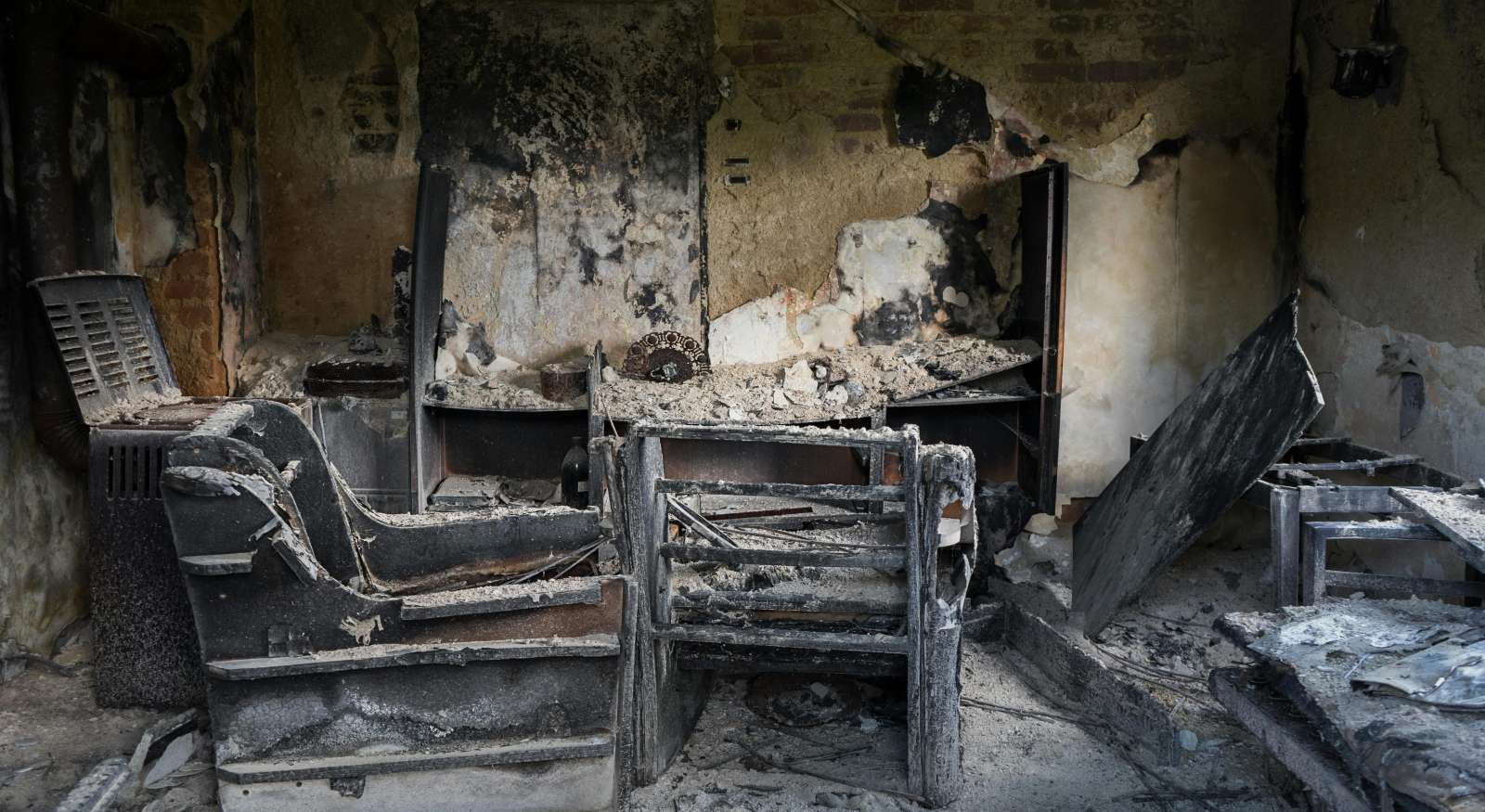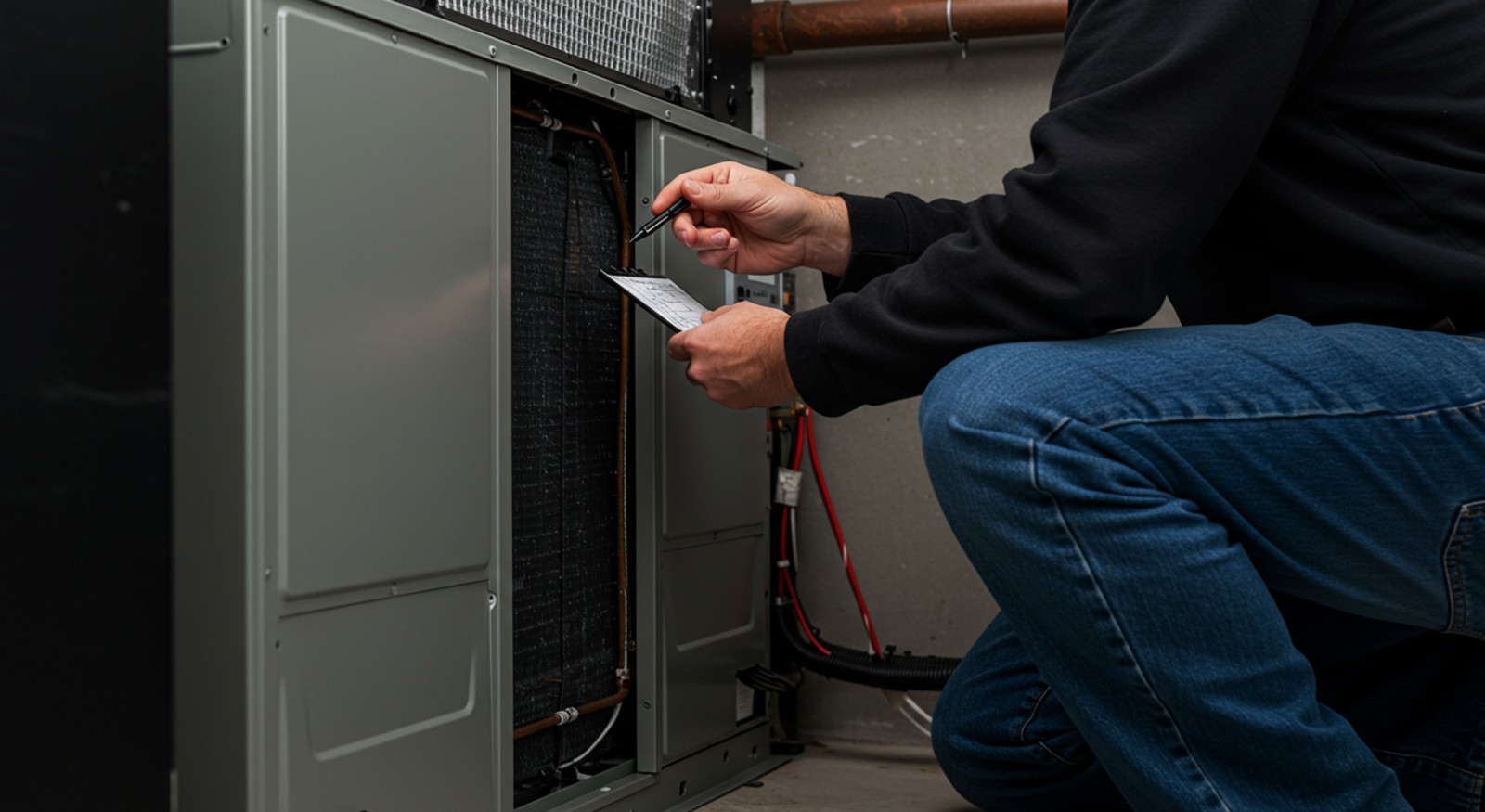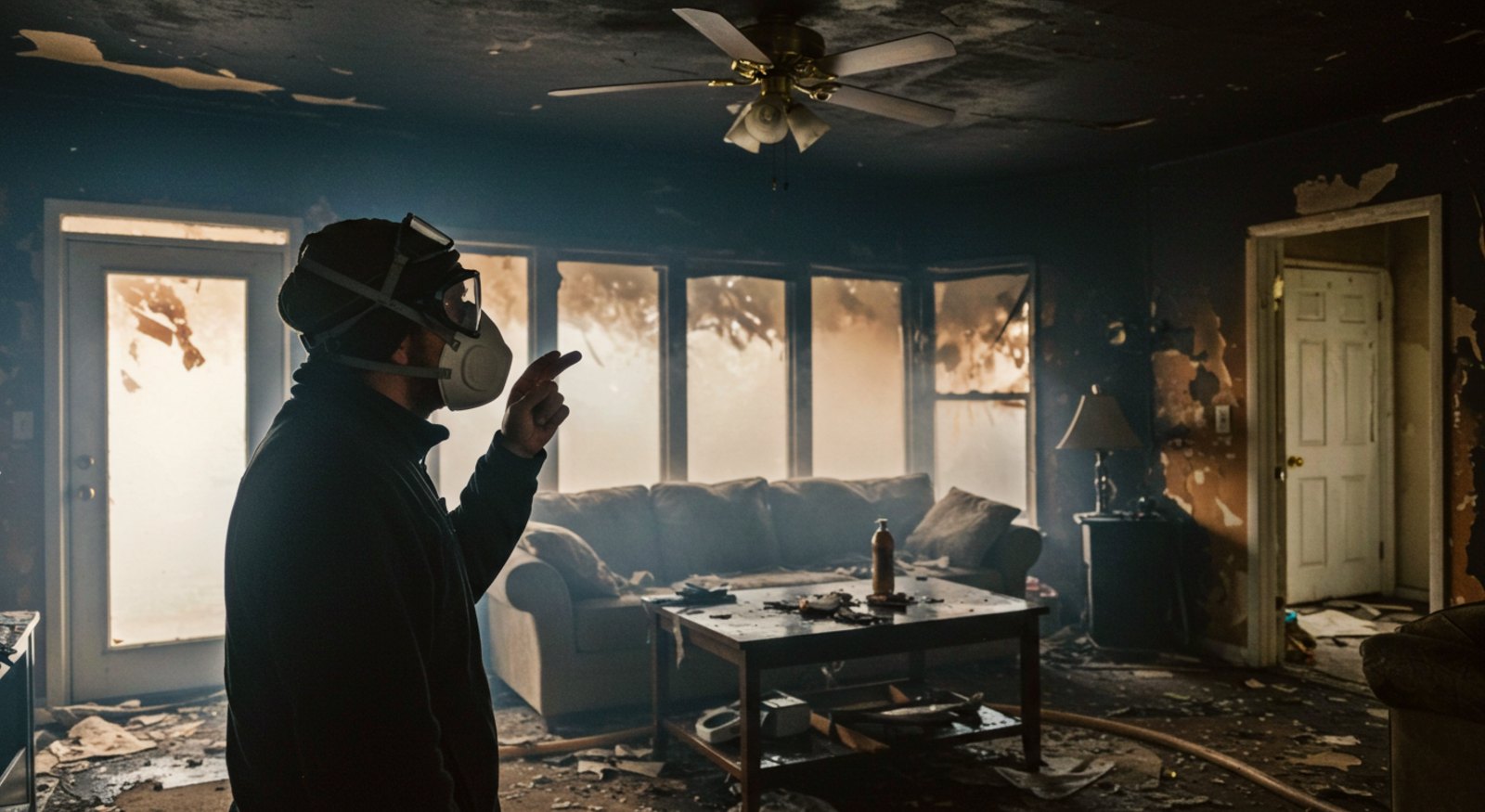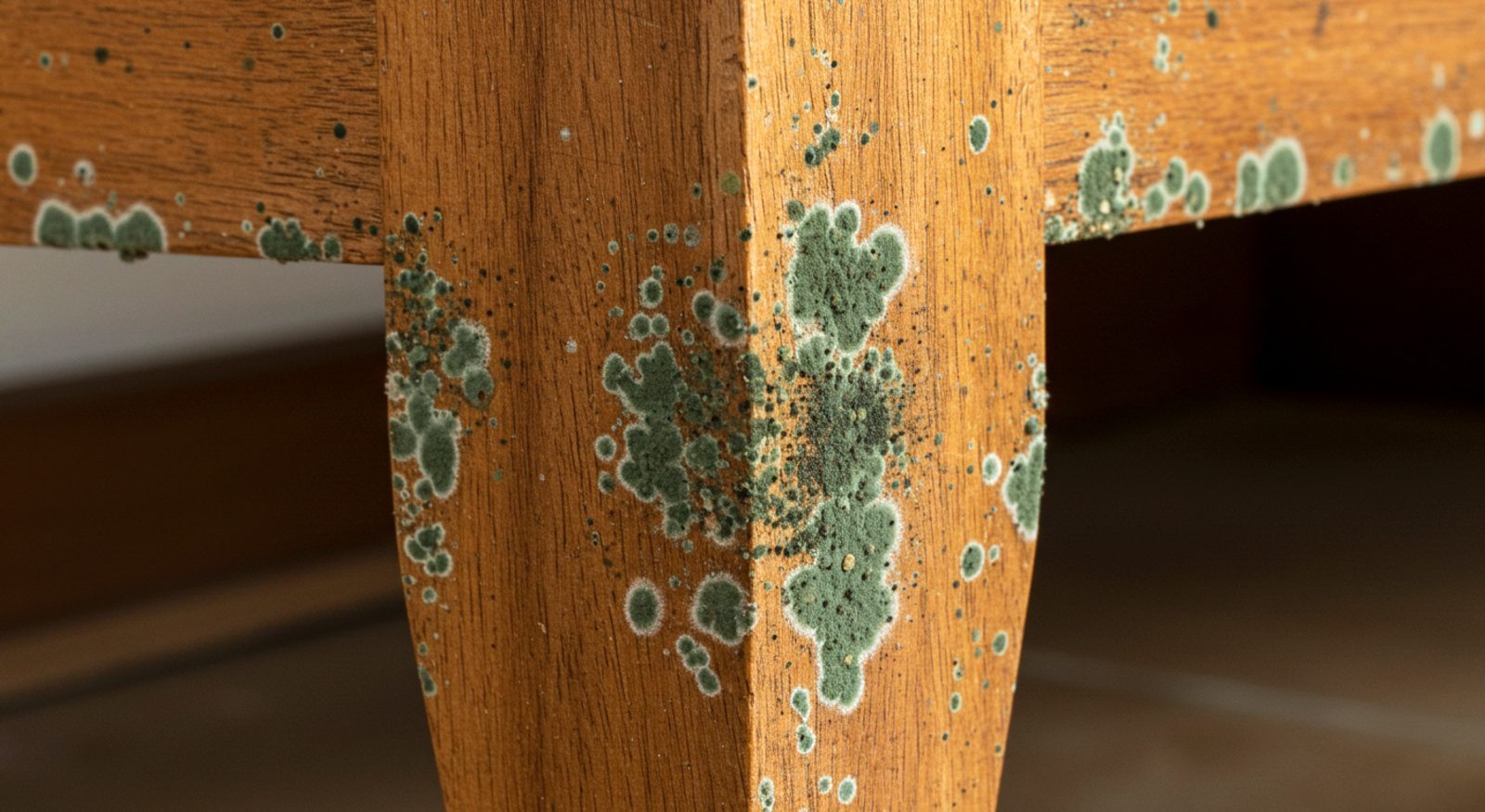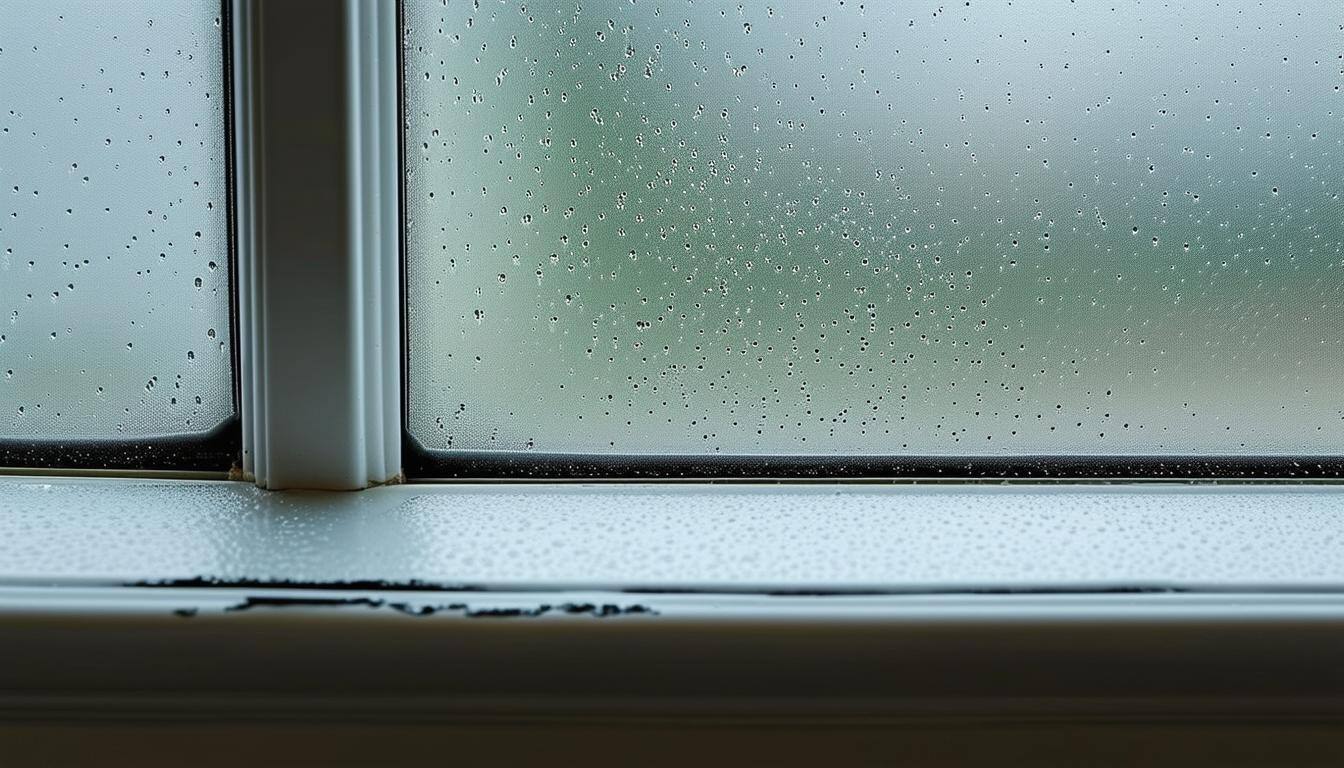Everything You Should Know About Mold Growth During Summer
June 13th, 2025
4 min read

As summer begins, the temperature rises in South Arkansas. But with humidity levels still high, mold spores are looking for the opportunity to make your home their new home. If you are worried about this silent invader, we are here for you.
As experts in mold remediation, we have helped hundreds of our neighbors in El Dorado and its surroundings. We will teach you all about the telltale signs of mold so you can prevent it from growing in your home.
Let's go through everything―from how to recognize the signs of mold and understanding its growth conditions. We will identify moisture sources and understand your insurance coverage. So, let's get going and ensure you enjoy a mold-free summer!
Why Mold Can Grow During Summer
Summer climate creates the perfect environment for mold growth. As mold spores are everywhere and waiting for the right opportunity, here are some of the factors that let them proliferate in your home:
- High Humidity: When summer humidity soars, moisture accumulates inside the home. This moisture condenses on cooler surfaces, creating damp spots.
- Warm Temperatures: Mold flourishes in warm environments. Summer's consistent warmth allows mold to grow rapidly.
- Poor Ventilation: Closed-up homes, while keeping out the heat, can trap moisture and create stagnant air, promoting mold growth.
- Air Conditioning Condensation: While providing relief, air conditioning systems can also create condensation, especially if not properly maintained. This can lead to mold growth in ductwork or around cooling units.
- Water Leaks: Summer storms and heavy rainfall can lead to leaks in roofs, windows, or basements, providing a steady source of moisture for mold.
Signs of Mold to Look Out For
Detecting mold early can prevent extensive damage and health issues.
- Persistent Musty Odors: A lingering musty smell, especially in damp areas like bathrooms, basements, or laundry rooms, signals potential mold growth.
- Visible Mold Patches: Look for discolored or fuzzy patches on walls, ceilings, or floors. Remember that mold can appear in various colors.
- Water Stains and Damage: Water stains, peeling paint, or warped walls indicate past or present water damage, often leading to mold.
- Increased Allergy Symptoms: An increase in allergy symptoms like sneezing, coughing, or itchy eyes may indicate mold exposure.
Prevent Mold this Summer with this Checklist
A Southern Arkansas summer's thick, humid air can feel like a constant battle against dampness. That musty smell, unexplained allergy flare-ups, and lingering worry of unseen mold can take the joy out of even the longest summer days. The thought that your home is a breeding ground for mold can be unsettling. Follow this checklist to protect your home:
☐ Improve Ventilation
- Don't trap the humidity indoors, especially after sudden downpours. Use exhaust fans in bathrooms and kitchens during and after showers or cooking.
- When humidity levels are lower, opening windows to circulate fresh air and creating a cross breeze can work wonders, especially during cooler evenings.
☐ Invest in Humidity Control
- Get yourself a good-quality dehumidifier to keep indoor humidity levels between 30% and 50%. This is the sweet spot for preventing mold growth, especially in damp basements, which are common in our area.
- You can monitor humidity levels with a hygrometer. This works wonders for basements and crawl spaces.
☐ Maintain Your AC
- Service your air conditioning system regularly. Clean or replace filters to prevent condensation buildup and mold growth in the ductwork.
- Ensure AC drain lines are clear and functioning correctly. Remember that these units work overtime in our summers.
☐ Check for Leaks
- Don't ignore even small leaks, especially after those intense summer storms. Fix them promptly to eliminate moisture sources.
- After a storm, pay close attention to leaks around windows, roofs, and pipes. Check your foundation for cracks, as our soil shifts with heavy rain.
☐ Keep Everything Dry
- Wipe down damp surfaces regularly, especially in bathrooms and kitchens.
- Use mold-resistant cleaning products to discourage growth.
☐ Elevate Items in Basements and Crawl Spaces
- Store items away from damp walls and floors.
- Use plastic containers instead of cardboard boxes in basements or other moisture-prone areas.
☐ Check Your Vents
- Avoid blocking air vents with furniture or belongings.
- Good airflow helps prevent moisture buildup, which is extremely important in our humid climate.
☐ Make Regular Inspections
- Don't wait for a musty smell or visible mold. Conduct regular inspections in your home.
- Pay close attention to basements, crawl spaces, and under sinks. Check after periods of heavy rain.
Key Considerations to Understand Your Insurance Coverage
When mold rears its ugly head, the question of insurance coverage can add to your stress. Let's go over the specifics of your policy and mold:
Covered vs. Non-Covered Scenarios
Most homeowners insurance policies distinguish between mold caused by "covered perils" and mold resulting from lack of maintenance. For instance, if a sudden summer storm causes a roof leak that leads to mold, your insurance might cover the remediation.
However, mold growth due to high humidity, poor ventilation, or gradual leaks is typically considered a maintenance issue. This means it would be excluded from coverage.
Understanding Water Damage
The key factor is often the origin of the moisture. For example, imagine the mold comes from a covered water damage event, like a burst pipe. Now, let's suppose there is a reasonable answer as to why you couldn't stop the damage immediately (like the incident happening when you were away). Only in such a scenario would the mold remediation may also be covered.
Insurance Policy Details
You should carefully review your specific homeowner's insurance policy. Remember that coverage varies, and some policies may have specific limitations or exclusions related to mold. Pay extra attention to any "water damage" or "mold exclusion" clauses.
Documentation for the Insurance Claim
If mold grows in your home, document everything. Take photos and videos of the affected areas and keep records of any repairs or cleaning you do. This documentation can be helpful when filing an insurance claim, especially if you believe the mold resulted from a covered event.
The Importance of Flood Insurance
Remember when we said that standard homeowners insurance does not cover flood damage? If summer storms lead to flooding and mold growth, you'll need a separate flood insurance policy to cover the costs.
Given the heavy summer rain and the proximity of the Ouachita River and other bodies of water, flood insurance might be a good investment. Check the flood maps of the Federal Emergency Management Agency (FEMA) to verify if you live in a high-risk area.
Working with Your Insurer
Contact your insurance company ASAP to report any mold damage. Be prepared to provide them with detailed information about the mold's cause and the extent of the damage. Work closely with your insurer to understand your coverage and the claims process.
Mold Problems? Call Restore-It!
So, now you're equipped with the knowledge to combat mold growth during the summer. Having learned everything from recognizing the signs to implementing prevention strategies, you should feel more confident when facing our humid South Arkansas summers. At Restore-It, we're dedicated to helping homeowners like you protect their properties and maintain a healthy living environment. Contact us for professional mold remediation services. We're ready to provide our expertise to restore your home and your peace of mind.
Topics:











